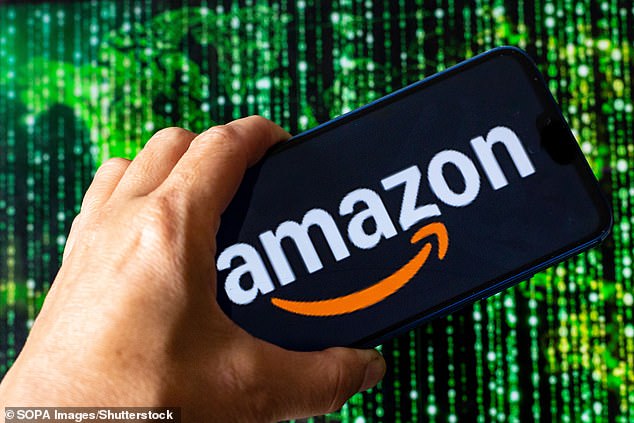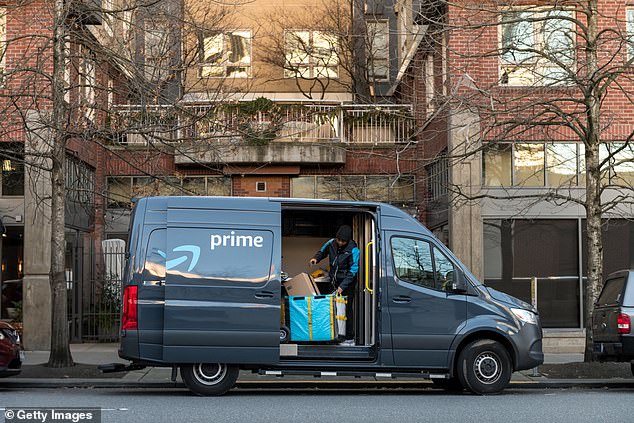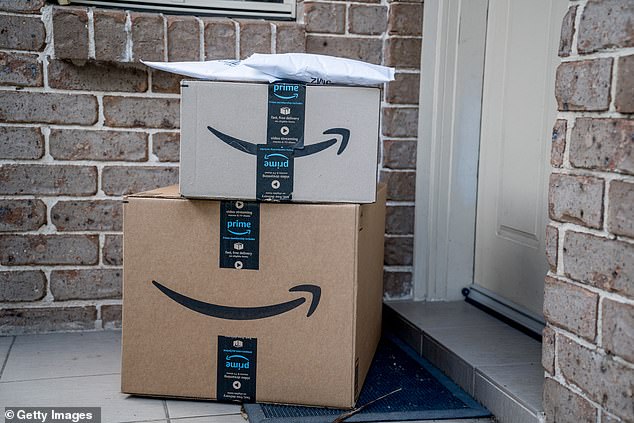Amazon says scammers are tricking Prime users into giving up their passwords and payment details pretending to be Amazon itself, and they are getting better at it.
The company alerted users after a sharp increase in fake emails and phone calls targeting its 200 million customers in July, just after their Prime Day sales event.
Amazon sent an email warning customers that scammers are posing as the company and claiming their Prime membership will be renewed at a higher price unless they cancel it immediately.
Once users click on the ‘cancel’ link in the email, it will lead them to a fake Amazon login page, where users hand over their passwords without realizing it.
With these stolen credentials, scammers can access the real accounts and make purchases using any credit cards saved in the victim’s information.
Amazon also said that the fraudsters were calling people and claimed someone had just ordered an iPhone on their account, then asking for login credentials to ‘fix the error.’
According to Amazon’s blog, one user said: ‘I got a random call from someone who claimed I bought something on Amazon that I had not, and they wanted my account information to verify this was an error.’
Amazon said it has already taken down more than 55,000 phishing websites and 12,000 scam phone numbers this year alone, but warns that criminals are constantly changing tactics.

Amazon alerted their Prime users after a sharp increase in fake emails and phone calls targeting the 200 million people with this subscription service
These scams intensified ahead of Amazon’s Prime Day sales event from July 8 to July 11, and have continued since then, targeting membership renewals with the latest scam.
Experts warned that scammers are pulling information from the dark web, including Prime users’ real names or addresses, to make the fake emails look legitimate.
Malwarebytes, a cybersecurity company, reported that the fake domains used in the attacks include the site amazon.digital, which looks almost identical to the real Amazon login page.
Amazon said no one is immune to these scams and there is no shame in being targeted, but knowing what to look for can make all the difference.
‘We have recently noticed an increase in customers reporting fake emails about Amazon Prime membership subscriptions,’ the company wrote in an urgent email warning to customers.
In the message, Amazon shared six tips to help users protect themselves and outlined steps to take if they think they have been targeted.
Specifically, the email urged customers not to click any links, warning that scammers use these fake sites to steal login details and banking information.
For hackers, these phony pages allow them to monitor everything the victim types in and save it, without the Prime user ever knowing they weren’t typing on a legitimate Amazon website.

Scammers have reportedly used stolen credentials to access real accounts and make purchases with saved credit cards
Amazon also advised customers to check their Prime membership under the ‘Prime’ menu by opening the Amazon app or by visiting the website directly.
The new email warning recommended monitoring bank statements for questionable charges if any suspicious links were clicked, and to report strange messages to amazon.com/reportascam.
To protect against scams, Amazon said always access its site through the official app or by visiting amazon.com on a web browser.
They reminded customers to verify if a message is real by checking the Message Center under ‘Your Account,’ where legitimate Amazon messages appear.
Amazon also recommended enabling two-step verification, a setting that adds an extra layer of protection when logging in to your account, typically by sending an access code to the legitimate user’s phone or email.
You can turn it on by going to the Login & Security settings in your Amazon account, or by visiting amazon.com/2SV on a web browser.
The company said it will never ask for payments over the phone, by email, or on third-party sites. Scammers often create a false sense of urgency to rush victims, claiming accounts are in danger or money is owed.
Another warning sign is being asked to buy a gift card in order to make a payment. Amazon said it will never ask for gift card payments, and any demand for them is a scam.

Malwarebytes, a cybersecurity company, reported that some fake domains used in the attacks includes a site like amazon.digital, which looks almost identical to the real Amazon login page
They cautioned against calling numbers sent in texts, emails, or found through online searches, and said it never asks customers to download software to connect with support.
The company has been working with the Better Business Bureau to help people check for scams by offering a Scam Tracker tool. This tool lets users search and report scam messages by email, phone number, or website link.
Amazon also says it has thousands of people working full time around the world to protect its platform. That includes fraud investigators, software engineers, and machine learning scientists.
The company encouraged shoppers to stick to the official Amazon app or website when looking for deals, buying items, or checking order history.
Amazon found an 80 percent spike during Prime Day 2024 in a specific impersonation scam in the US, where fraudsters pretended there was a problem with a customer’s account to trick them into sharing personal information.
In November, the company found that 94 percent of global impersonation scams came through email, text messages, or phone calls. Two-thirds of those scams focused on fake account issues.
